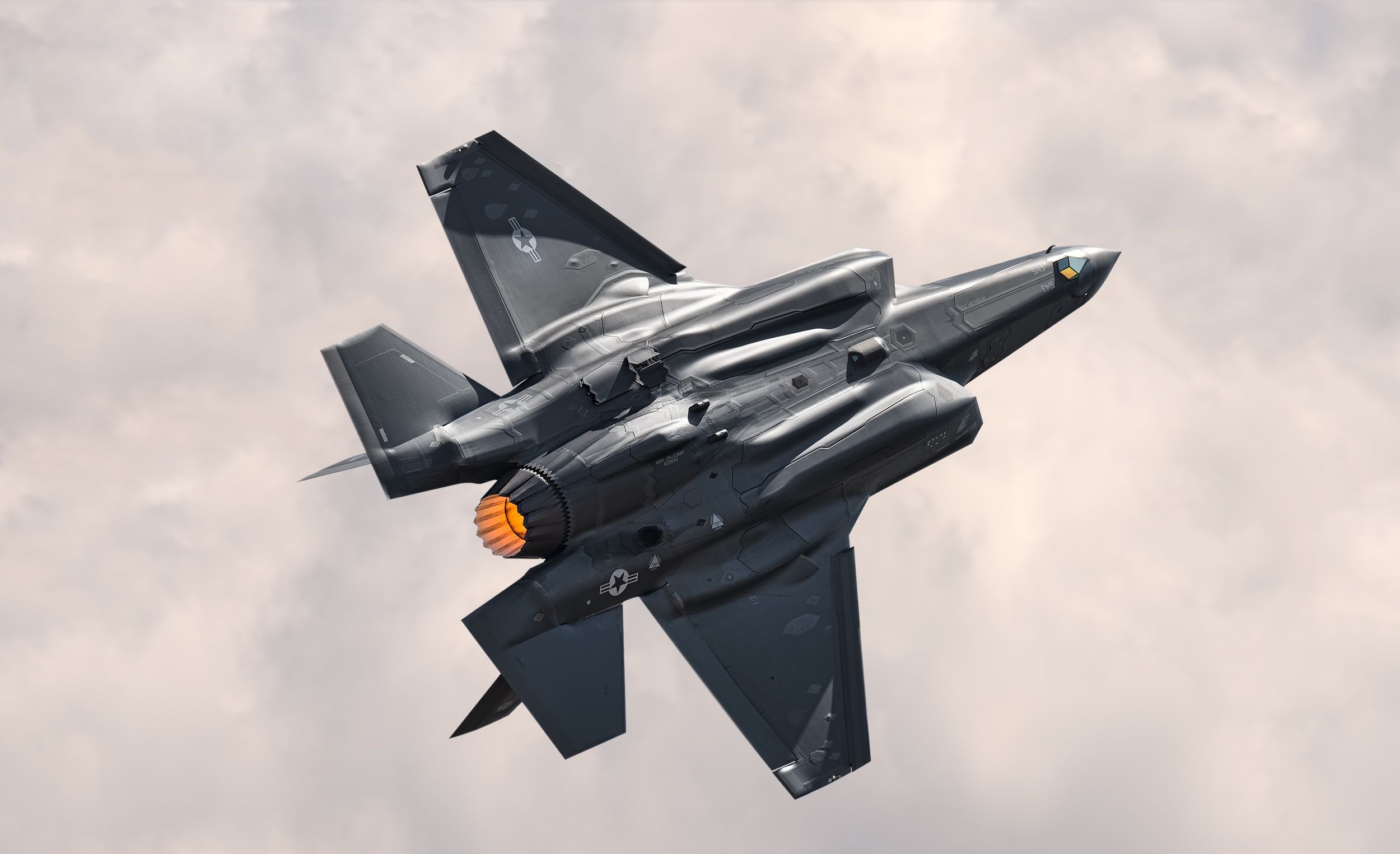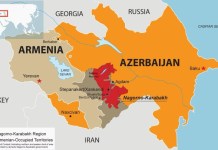The ongoing war in Ukraine has spurred discussions of Russia possibly employing chemical weapons, just like how, in the past, these weapons were allegedly used in Syria and Chechnya.
While earlier, such concerns were focused on violent extremist organizations or “rogue” regimes, the Pentagon has been concerned about the potential use of CBWs (chemical and biological weapons) by near-peer adversaries like Russia and China.
Also, the emergence of technologies such as artificial intelligence and drones has opened up the prospect of drone swarms being used to deliver CBWs.
In light of these concerns, it has become essential for the US and its allies to be ready for the threat posed by chemical and biological weapons (CBWs), particularly in the case of the Joint Strike Fighter F-35, which happens to be the cornerstone of various air policing patrols by US and NATO in Europe amid current Ukraine war.

The fifth-generation F-35 stealth fighter is currently the most advanced fighter jet in the USAF, the US Marines, and the US Navy. This brings an enhanced capability to survive in an advanced threat environment.
Going ahead, the F-35 is poised to have an increased role in the Indo-Pacific, as the US Military looks to contain China’s aggressive expansion in the region and envisions potential future war scenarios with China in which the F-35 pilots may have to operate in a chemically and biologically contaminated environment.
First-Ever Chemical/Biological Ensemble For F-35 Pilots
In 2017, after a decade of planning, flight gear system design, and build-up testing, the USAF tested a flight suit capable of keeping F-35 Joint Strike Fighter pilots alive while operating in an area contaminated by CBWs for the first time.
For six months before this test, the 461st Flight Test Squadron at Edwards Air Force Base, California, contaminated and decontaminated an F-35 with simulated chemical and biological agents.
According to the USAF, the Chemical/Biological (CB) ensemble consisted of a special CB suit, a Joint Service Aircrew Mask (JSAM) used for the F-35, a pilot-mounted CB air filter, CB socks, and gloves double-taped at the wrists.

The ensemble also featured a filtered air blower for protection from CB contamination while walking toward the jet. All components of this CB ensemble are in addition to the pilot’s sleeved flight jacket and G suit.
Furthermore, the ensemble included a communication device so the pilot could speak to people while wearing a helmet and mask.
Testing CB Ensemble For F-35 Pilots
To test the suit, an F-35B was borrowed from Marine Corps Air Station (MCAS) Yuma, Arizona, and two Marine Corps test pilots, Maj. Aaron Frey and Maj. Douglas Rosenstock from the 461st FLTS took part in the test.
According to the USAF, the STOVL (Short Take-Off Vertical Landing) variant of the F-35 was adopted because it is the most complicated and has more nooks and crannies for contamination to hide in.

The first pilot in the CB ensemble stepped in to clean a contaminated jet using an airborne agent that simulated biological and chemical agents but did not have the same deadly effects. The engine run pulled in the simulant, so it had to be made sure that the air was filtered before it reached the pilot.
Darren Cole, the 461st Flight Test Human Systems Integration Lead, described, “First, the air goes through the [On-Board Oxygen Generation System] and then the pilot-mounted CB filter to remove any remaining contaminants. There is another filtered air supply blower that provides cooling and demists air to the pilot’s hood and goggles. We also used three air sampling devices to be sure all the air provided to the pilot was clean.”
Following the ground test, the second pilot started the engine and took off on a flight. Both pilots wore passive absorption devices on their bodies that the simulated contaminant would stick to if it made it through the CB ensemble.
Cole said that data was taken from both pilots to see “how much thermal stress is added to the pilot with the CB ensemble on and the impact the additional gear may have on flying the aircraft.”

Difficulties Operating With CB Protective Gears
According to veteran fighter pilots, nuclear, biological, and chemical protective gear is usually cumbersome, difficult to dress in, and uncomfortable. It requires strict adherence to a long set of procedures and a lot of practice.
The video below provides a small glimpse of what getting dressed and undressed for these conditions is like. It certainly reduces the pace of things, and one small mistake can be deadly.
Reports at the time suggested that the protective suit may impact the pilot’s ability to spot the aerial threats surrounding him, especially considering that the F-35’s out-of-cockpit visibility is less than that of other USAF fighter aircraft because of the large headrest that impedes the pilot’s rear visibility.
That said, the F-35 pilots do not have to look around, as the aircraft is equipped with the AN/AAQ-37 Distributed Aperture System (DAS), which is paired with the AN/APG-81 active electronically scanned array (AESA) radar to provide the pilot with a 360-degree, spherical situational awareness.
- Contact the author at etdesk@eurasiantimes.com
- Follow EurAsian Times on Google News




